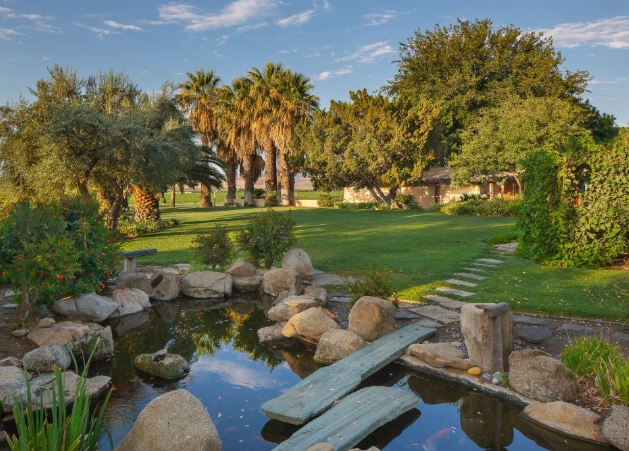Frank Lloyd Wright is an iconic architect known for his innovative designs that blend seamlessly with the natural environment. One of his most notable contributions is his unique landscape designs, which play a crucial role in his overall architectural vision.
Organic Architecture
Wright believed in the concept of “organic architecture,” where buildings are designed to harmonize with their surroundings. In his landscape designs, he incorporated elements such as natural materials, flowing water features, and lush vegetation to create a sense of unity between the built environment and nature.
Integration of Indoor and Outdoor Spaces
One of the most striking features of Wright’s landscape designs is the seamless integration of indoor and outdoor spaces. He often used elements like open-air courtyards, expansive windows, and covered walkways to blur the boundaries between the interior and exterior of a building. This allowed for a more fluid and interconnected experience for the inhabitants.
Water Features
Water played a central role in many of Wright’s landscape designs. He often incorporated ponds, fountains, and waterfalls into his projects, creating a sense of tranquility and serenity. Water features were not only aesthetically pleasing but also served a functional purpose, providing natural cooling and enhancing the overall ambiance of the space.
Native Plants and Materials
Wright was a proponent of using native plants and materials in his landscape designs. He believed that using locally sourced materials helped create a sense of place and connected the building to its surroundings. By incorporating native plants, trees, and rocks into his designs, he was able to enhance the natural beauty of the landscape and create a sustainable and environmentally friendly environment.
Emphasis on Unity and Harmony
In all of his landscape designs, Wright emphasized the importance of unity and harmony between the built environment and nature. His designs were carefully integrated with the surrounding landscape, creating a sense of balance and cohesion that is both visually striking and spiritually uplifting. By paying attention to every detail, from the placement of a single tree to the flow of a winding pathway, Wright was able to create landscapes that were not only beautiful but also deeply meaningful.
Overall, Frank Lloyd Wright’s landscape designs are a testament to his vision of organic architecture and his commitment to creating spaces that are both functional and inspiring. By incorporating elements of nature into his designs and blurring the boundaries between indoor and outdoor spaces, Wright was able to create landscapes that are truly unique and timeless.

